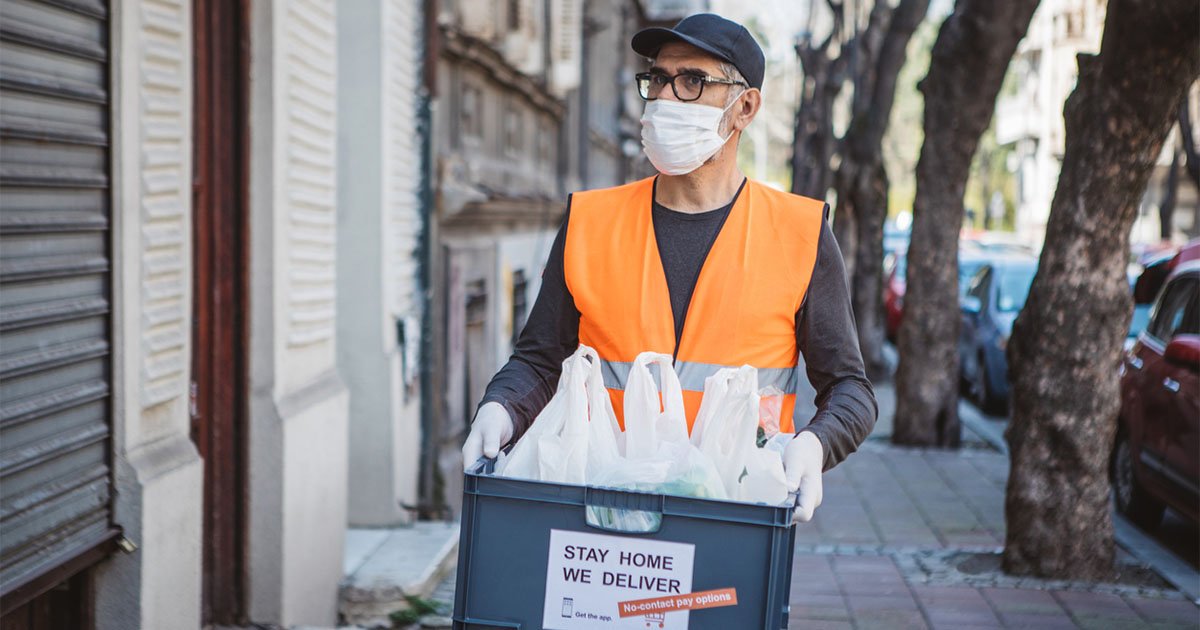While numerous news reports and previous studies have revealed disparities in COVID-19-related deaths among certain populations, including older adults, people of color, and people with pre-existing medical conditions, researchers at the University of Minnesota School of Public Health (SPH) have now added a new element to this conversation — differences in rates of death among workers in critical occupations during the pandemic.
To understand the occupational risk associated with COVID-19 among the civilian workforce, SPH researchers examined workers who performed operations or offered services essential to continue critical infrastructure operations as defined by the Cybersecurity and Infrastructure Security Agency. In Minnesota, this included healthcare professionals, emergency and first responders, childcare workers, K–12 school staff, people employed in food processing and agriculture, food service workers, transportation and logistics personnel, public transit workers, airport staff, postal service employees, and some categories of manufacturing, construction and retail work.
The researchers estimated the excess mortality rate (EMR) for critical occupations in different racial groups and vaccine rollout phases by examining death certificates and occupational employment rates in Minnesota between 2017 and 2021. The study, published in the American Journal of Public Health, found:
-

Harshada Karnik Excess mortality during the COVID-19 pandemic was higher for workers in critical occupations than for noncritical workers. For example, the EMR for non-critical workers was 1.9 per 10,000 in 2021, while the EMR for workers in the critical sector of food processing were significantly higher — 9.6 per 10,000
- Some critical occupations, such as transportation and logistics, construction and food service, experienced higher excess mortality than did other critical occupations, such as health care, K–12 school staff and agriculture.
- In almost all occupations investigated, workers of color experienced higher excess mortality than did white workers, particularly in food processing, food service, construction, retail and transportation and logistics. Overall, BIPOC workers experienced higher EMR (4.6 in 2020 and 5.6 in 2021) than white workers (2.7 and 4.4, respectively)
The study also looked at Minnesota’s system of vaccine eligibility, which was designed to allocate limited vaccine supplies to workers with the greatest risk of death, and which therefore prioritized health care and childcare workers for vaccination. The SPH analysis suggests that this system insufficiently prioritized some vulnerable groups of workers. Food service workers, retail employees and people in food processing, for example, were included in later vaccine phases and experienced higher EMR than did workers who were included in earlier phases
“This research advances our understanding of the ways that the pandemic accentuated existing disparities, and suggests that some vulnerable groups were insufficiently prioritized in Minnesota’s system of vaccine eligibility,” said Harshada Karnik, SPH researcher and lead author on the study. “Higher rates of EMR among BIPOC Minnesotans in critical care occupations compared to workers in higher vaccine priority, predominantly white occupations, suggests that vaccine efforts prioritized lower-risk white workers above higher-risk BIPOC workers.”
The study suggests the adoption of additional measures to improve vaccine prioritization for higher-risk workers. It also suggests identifying and more widely implementing workplace precautions that healthcare facilities adopted during the pandemic to protect workers.

